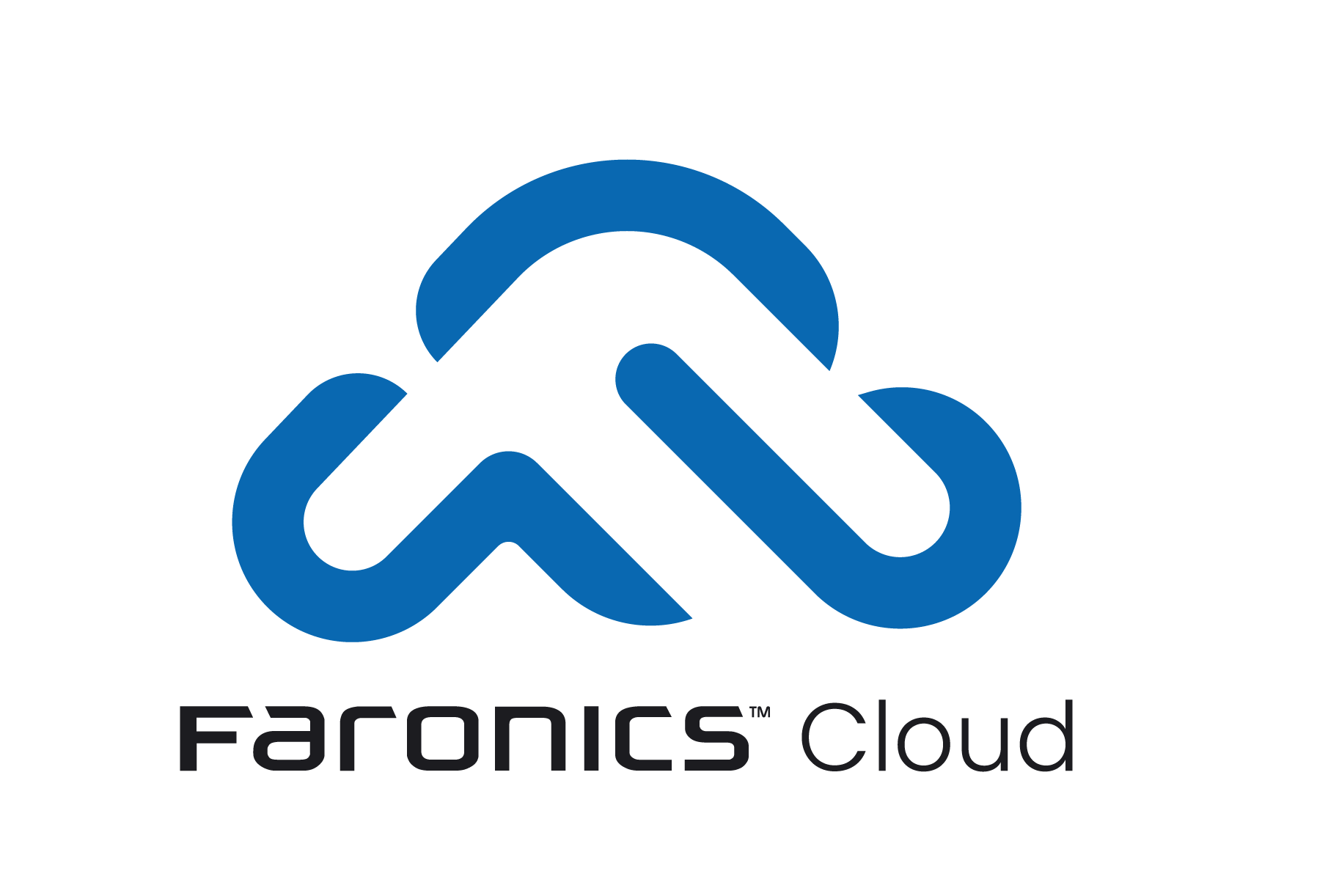Let’s face it: being an IT professional can feel like running on a treadmill that’s always speeding up. Whether it’s troubleshooting an urgent issue, fielding questions from coworkers, or trying to stay ahead of system updates, there’s always something demanding your attention. So, how can you catch a break without compromising your work? By working smarter, not harder.
Here are 10 time-saving tips that can help you reclaim your day, lower your stress, and even find a few moments to breathe.
1. Automate repetitive tasks
Repetition is the thief of time. If you’re doing the same task over and over, it’s time to automate it. Tools like PowerShell scripts can handle things like backups, software updates, and system monitoring for you.
And let’s not forget solutions like Deep Freeze - it automates workstation recovery after every reboot of a PC or Mac, saving hours of manual troubleshooting and making your life way easier. Automation doesn’t just save time; it gives you peace of mind, knowing critical tasks won’t fall through the cracks. Plus, it frees you up to tackle more challenging projects that actually excite you.
Start small: pick one task you do daily or weekly, and figure out how to automate it. Over time, these small wins can add up to hours saved every week.
2. Go remote when you can
Running around to fix every little issue wastes precious time. Instead, use remote management tools to access and troubleshoot systems from wherever you are. Remote Connect lets you control desktops securely and resolve problems without leaving your chair.
It’s a win-win: you save time, and users get faster support. Imagine being able to help a colleague at a different office without hopping in your car or navigating a complicated phone call. Remote tools also mean you can respond to emergencies even when you’re not physically in the office - talk about peace of mind.
And it’s not just about saving time for you. Remote tools enhance the user experience too. No one likes waiting around for IT to show up when they’re on a tight deadline.
3. Centralise software management
Managing software on dozens (or hundreds) of devices? Skip the manual grind. Centralised software management systems let you deploy updates and monitor applications from one dashboard.
Tools like Software Updater make it simple to enforce policies and keep devices secure without breaking a sweat. Choose from a long list of pre-packaged apps, or add your own custom apps. Once you’ve centralised, you’ll wonder how you ever lived without it.
Beyond saving time, centralised software management ensures consistency. It’s like having an extra pair of eyes that makes sure every device is running the right version of every application. Plus, it reduces the risk of errors, which saves even more time down the road.
4. Catch problems before they happen
Being proactive isn’t just a good idea - it’s essential. Use monitoring tools to keep an eye on system performance, network health, and potential security threats. Catching issues early can mean the difference between a quick fix and a full-blown crisis. Usage Stats can help you identify issues before they’re serious issues.
Think of it like IT’s version of a smoke detector - it might just save your day (or your night). For example, if you spot a device running low on disk space or detect unusual login activity, you can take action before it spirals into a bigger problem. Or set up alerts so that you know immediately if, for example, one of your computers has a virus.
Proactive monitoring doesn’t just save time; it saves your sanity. When you know the health of your systems in real-time, you’re less likely to be blindsided by emergencies.
5. Keep communication simple
We’ve all been there: endless email threads, missed messages, and ‘Wait, where’s that ticket?’ chaos. Simplify things by using a single platform like Slack, Microsoft Teams, or a centralised ticketing system.
With everything in one place, you’ll spend less time chasing information and more time solving problems. It also helps foster collaboration. When everyone knows where to go for updates or questions, you reduce confusion and miscommunication.
If you’re managing a team, make it a habit to check in regularly. Clear communication isn’t just a time-saver; it’s a trust-builder.
6. Master group policies
Why waste time tweaking settings on individual machines when you can manage them all at once? WinSelect lets you enforce configurations across the network in one fell swoop.
From kiosk mode to granular user restrictions, WinSelect is like a magic wand for IT admins. Use it, love it, and never look back. Setting up might take a bit of time upfront, but the long-term savings are worth it. It’s a classic ‘work smarter, not harder’ move.
7. Regular scheduled downtime
There’s no longer any need to interrupt your users to deliver Windows updates and software updates. Schedule a maintenance window overnight. Your computers will get woken up, the updates deliver, and your computers shut down again. Completely eliminate all the pain for both the IT manager and the end user.
8. Teach your users to help themselves
You’ve probably lost count of how many times you’ve answered the same basic questions. Invest a little time in training users to handle minor issues - things like resetting passwords or fixing a printer connection.
Create simple how-to guides, video tutorials or host a quick training session. You’ll reduce support tickets and have more time to focus on the tough stuff. Plus, users will feel more empowered, which makes for a happier workplace.
Imagine a world where users solve 20% of their own problems. That’s 20% fewer interruptions in your day. A whole day back in every week.
9. Organise your inventory
It’s hard to manage what you can’t see. Whether it’s hardware, software, or licences, having a clear picture of your assets saves you a ton of time during audits or troubleshooting. Use inventory management tools to keep everything organised and up to date.
Bonus: You’ll also avoid those last-minute scrambles to renew expired licences or replace failing equipment. Staying organised is like having a roadmap - you always know where you’re headed.
10. Know when to outsource
Sometimes, it’s okay to ask for help. If routine tasks are eating up too much of your time, consider outsourcing them to a managed service provider (MSP).
Whether it’s basic maintenance or helpdesk support, outsourcing can free you up to tackle the projects that really need your expertise. Think of outsourcing as delegation on a larger scale. It’s not about giving up control; it’s about freeing yourself to focus on what matters most.
Final thoughts
Let’s be real: IT is demanding. But with a little strategy, you can make it manageable - and maybe even enjoyable. Automate what you can, stay organised, and don’t be afraid to lean on tools and resources that make your life easier.
Faronics is here to help with solutions designed to save you time and stress. Because at the end of the day, your time matters. So go ahead, reclaim it.







